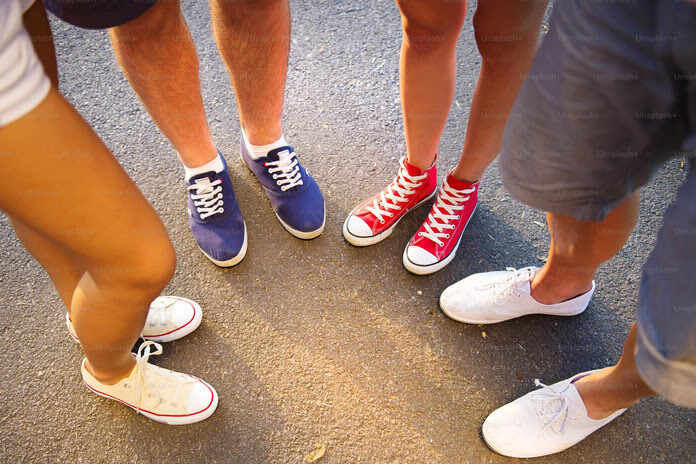Foot Locker (NYSE:FL) witnessed a significant decline of about 27% on Wednesday as the retailer announced a profit projection for 2024 below Wall Street’s expectations. The downward revision was attributed to planned investments aimed at boosting demand across its business, leading to concerns among investors.
Despite a strong performance during the holiday quarter, Foot Locker disclosed that it would not achieve its long-term profit margin target until 2028, delaying hopes of a swift recovery in margins. The delay was primarily caused by increased investments, which resulted in lower-than-anticipated profitability.
Shares of the New York-based company, which were last traded at $25.13, were poised to relinquish gains accumulated over the past three months, reflecting investor unease regarding the profit outlook.
Foot Locker’s ongoing “Lace Up” strategy, initiated in March last year, has yielded improvements in its digital business and increased full-price sales. However, the company had to resort to some price markdowns to address inventory issues, which further impacted profit margins.
Chief Financial Officer Mike Baughn indicated that the company would continue its significant investment in 2024, implying that reduced discounts could potentially deter demand in the early part of the year. Baughn acknowledged the challenge of transitioning consumer expectations away from higher promotional levels, anticipating ongoing margin pressure in the first quarter.
The company forecasted full-year adjusted earnings in the range of $1.50 to $1.70 per share, falling short of analysts’ average expectation of $1.93 per share. Zachary Warring, an analyst at CFRA Research, downgraded Foot Locker’s stock rating to “strong sell” from “sell,” citing the company’s inconsistent performance in the evolving retail landscape.
Despite the profit concerns, Foot Locker projected a steady demand for sneakers, including popular brands like Nike’s Air Force 1’s and Dunks, Adidas’ AE 1 shoes, and New Balance sneakers. The retailer anticipated full-year same-store sales growth of 1% to 3%, surpassing market estimates of a 0.7% rise.
Featured Image: Unsplash















